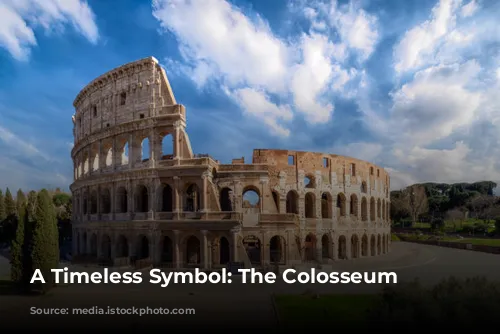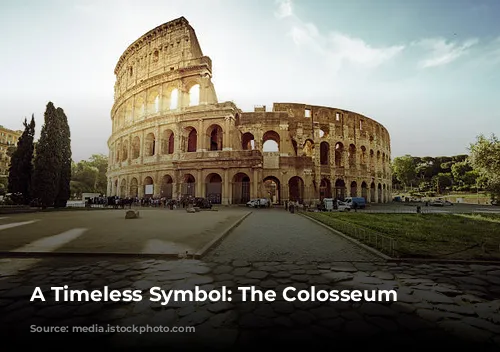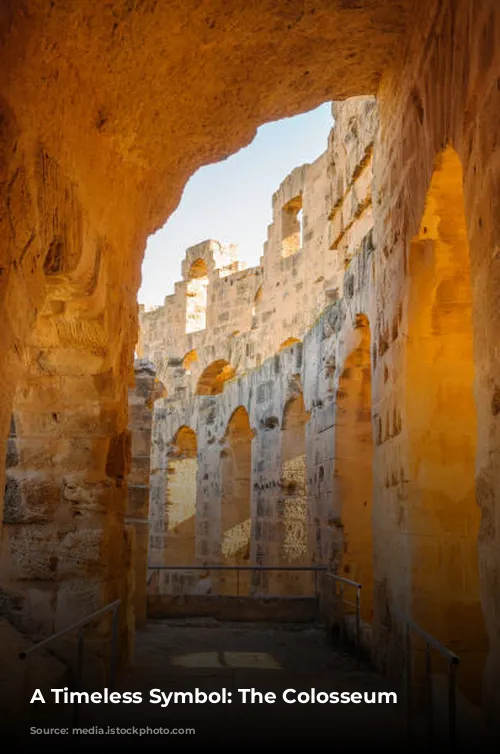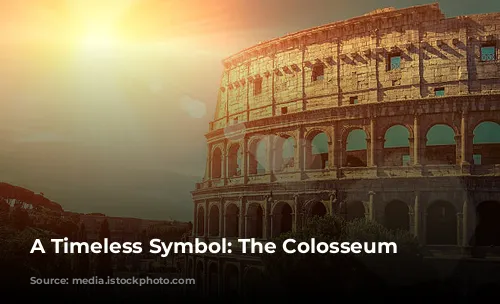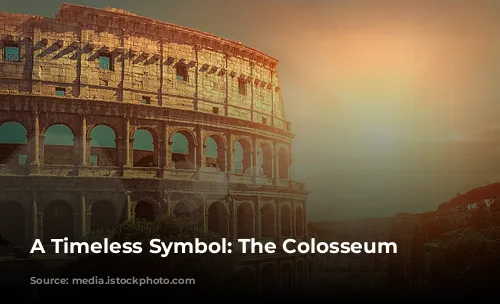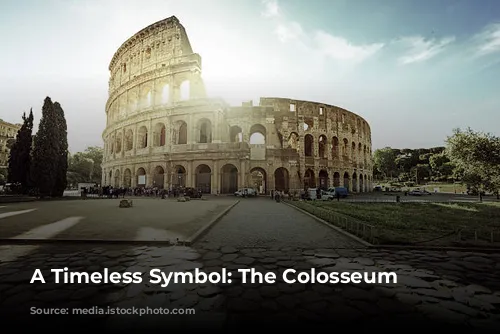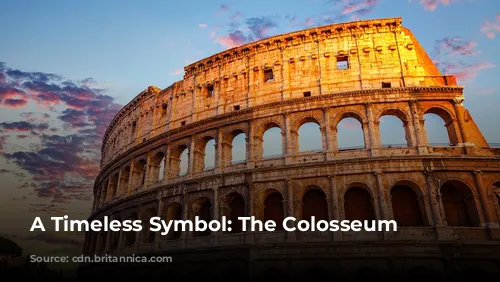The Colosseum, a monumental testament to ancient Rome’s architectural genius, stands today as one of the few nearly intact structures from the Roman Empire. This iconic landmark attracts millions of visitors each year, making it a significant source of revenue for the Italian government. In 2018, the Colosseum, Roman Forum, and Palatine Hill, a trio of ancient wonders, generated over $63.3 million (€53.8 million), establishing them as Italy’s most lucrative tourist attraction.
A Story of Rise and Fall
The Colosseum’s history mirrors that of the Roman Empire itself, with periods of grandiosity and decline. After the fall of the Western Roman Empire, the Colosseum fell into disrepair, becoming a fortress for powerful families in the 12th century. The arena’s grandeur was further diminished in the 15th century when Pope Alexander VI permitted its use as a quarry. The Colosseum, once a beacon of Roman power, endured over a thousand years of neglect until restoration efforts commenced in the 1990s.
From Entertainment to Symbol
The Colosseum’s construction was part of a broader imperial effort to revive Rome after the tumultuous “Year of the Four Emperors” in 69 CE. Emperor Vespasian, seeking to entertain the masses and solidify his rule, envisioned the Colosseum as an arena for spectacular events. Gladiatorial contests, animal hunts, and even mock naval battles were staged within its walls, offering the Roman people a captivating escape from everyday life.
A Monument of Ambition and Labor
Construction commenced under Vespasian’s reign, between 70 and 72 CE. The Colosseum was dedicated in 80 CE by his son and successor, Titus, after a 100-day celebration. The final touch, the fourth story, was added by Emperor Domitian in 82 CE. This grand structure, a symbol of imperial might, was financed by the spoils of war, specifically from Titus’s capture of Jerusalem in 70 CE. The Colosseum was built by enslaved Jews from Judaea, a tragic reminder of the empire’s expansionist policies.
A Colossal Engineering Feat
The Colosseum is a testament to Roman engineering prowess. This elliptical amphitheater, built with stone, concrete, and tuff, stands four stories tall, measuring an impressive 620 by 513 feet (189 by 156 meters). Its sheer scale allowed it to accommodate as many as 50,000 spectators. The Colosseum was famed for its gladiatorial combats, a gruesome yet captivating form of entertainment for the Roman public.

A Triumph of Design and Functionality
Located east of the Palatine Hill, on the former grounds of Nero’s Golden House, the Colosseum replaced Nero’s lavish artificial lake with a public space. This symbolic gesture reflected Vespasian’s desire to replace Nero’s tyranny with a public amphitheater for the people. The Colosseum is unique in its freestanding design, supported by a complex system of barrel and groin vaults. Its three tiers of arcades, adorned with columns in the Doric, Ionic, and Corinthian orders, are a testament to Roman architectural sophistication. The Colosseum’s use of travertine, volcanic tufa, and concrete reflects Roman ingenuity and the abundance of materials available to them.

A Space for Spectacle and Shade
The Colosseum’s innovative design included a retractable awning called a velarium, which protected spectators from the scorching Roman sun. The velarium was manipulated by hundreds of Roman sailors using masts that extended from corbels built into the Colosseum’s top story. The Colosseum was the site of countless spectacles, from gladiatorial combat to animal hunts and mock naval battles, providing a stage for both violence and entertainment. While the exact details of the early Christian martyrdoms remain unclear, the Colosseum’s history is undeniably intertwined with the early years of Christianity.
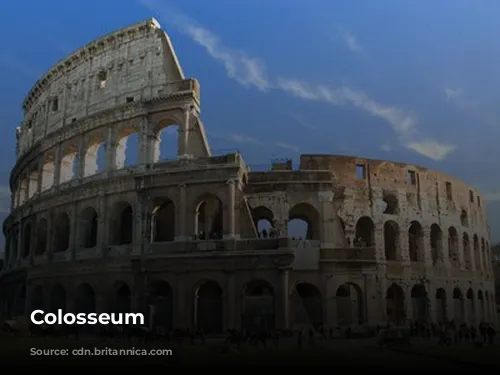
A Monument Restored and Reimagined
In the centuries following its construction, the Colosseum witnessed a dramatic shift in fortunes. Used as a church during medieval times, it was later transformed into a fortress by Roman families. The Colosseum was subjected to the ravages of nature, including lightning strikes and earthquakes, but the most damaging blow was dealt by human hands. Years of vandalism and pollution stripped the Colosseum of its marble seats and decorative materials, turning it into a quarry for over a thousand years.
Fortunately, a concerted effort to preserve the Colosseum began in the 19th century. Led by Pope Pius VIII, this initiative laid the groundwork for the comprehensive restoration project undertaken in the 1990s. Today, the Colosseum stands as a testament to both the power and vulnerability of human civilization. It attracts millions of visitors annually, eager to experience the grandeur of ancient Rome firsthand. Regular exhibitions are held within the Colosseum, offering visitors insights into the culture and history of this magnificent structure.
